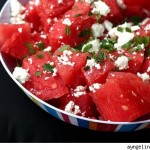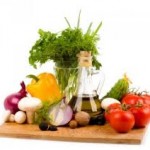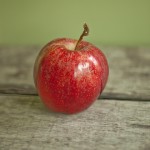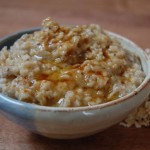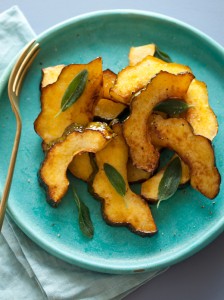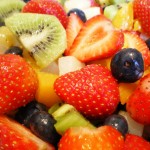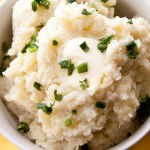Directions:
In a small saucepan, whisk together the vinegar and sugar (or stevia). Cook over mediumm eat until reduced
by half and syrupy, about 4 minutes.
Stack 2 pieces of watermelon on each plate and drizzle with vinegar reduction. Sprinkle with feta cheese and mint and serve.
